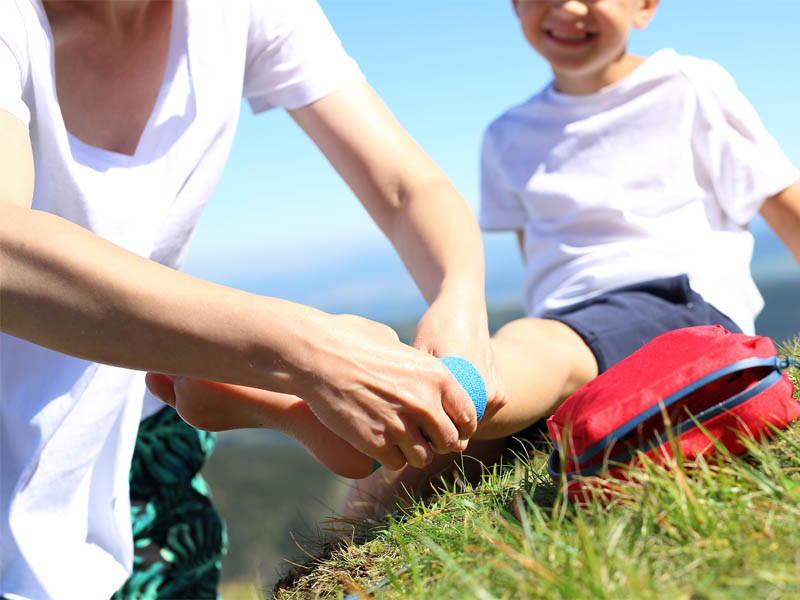First Aid: SNAKE BITE 🐍
1. Immediately Washing the wound with soap and water.
2. Rinse the area around the bite site with water to remove any venom that might remain on the skin. Clean the wound and cover with a sterile dressing.
3. Remove any rings or jewelry. Remove shoes if the leg or foot was bitten.
4. Cover the bite with a clean, dry dressing.
You’ll begin to see symptoms immediately, but your symptoms will worsen over time. Ideally, you’ll reach medical help within 30 minutes of being bitten
Things Not To Do:
A. Do not make any incisions in the skin or apply suction with your mouth.
B. Do not apply ice or a tourniquet.
Do not shock the victim with a stun gun or electrical current.
How to Tell if a Snake Is Potentially Venomous/Poisonous in 4 Steps
When threatened, rattlesnakes may shake the rattles on their tails to create a loud clicking sound as a warning to potential predators. Be aware that not all rattlesnakes have rattles and this is not a reliable warning.
Venomous snakes have distinct heads ( Diamond Shape Head). While non-venomous snakes have a rounded head,
Venomous snakes have a more triangular-shaped head.
Examining a snake’s pupils is another method that can be utilized to identify venomous:: versus non-venomous snakes.
Like a cat’s eye, poisonous snakes have thin, black, vertical pupils surrounded by a yellow-green eyeball while non-venomous snakes have rounded pupils.
While this type of pupils can indicate that the snake is venomous, this is observed at close range, which can be a potentially dangerous identification method.
Note: These home tips followed for First aid, it is up to you to use it or not.
 |
Ch Narmada Naveen Kumar |


